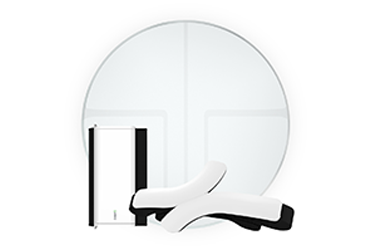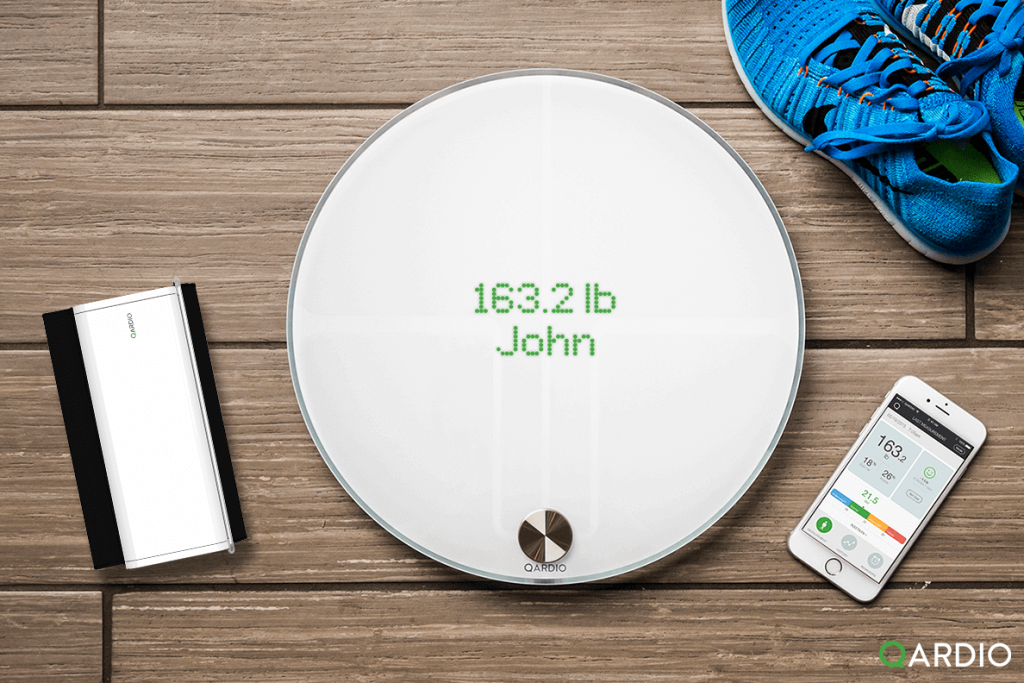Being active on a daily basis is one of the best things you can do for your health. Your body isn’t designed to sit all day and for a sedentary person, the benefits of exercise, even just small amounts, are truly significant.
Time Magazine recently found that “only 20% of Americans get the recommended 150 minutes of strength and cardiovascular physical activity per week, more than half of all baby boomers report doing no exercise whatsoever, and 80.2 million Americans over age 6 are entirely inactive.”
Why is exercising good for your health?
Exercise has been found to boost your mood, help you control your weight, give you energy, better your memory and improve your sleep. Even more, exercise has been found to lower the risk of health conditions such as heart disease, cancer, diabetes and Alzheimer’s.
Some people are deterred by the lack of weight loss they see when they start working out, while not taking into account the other benefits that come from exercise that just don’t show up on a scale. This is one of the reasons why we’ve incorporated our Smart Feedback feature into QardioBase. Instead of showing a number for your weight, you can enable QardioBase to show a smiley face when you are working positively towards your goal. It can calculate that while you may be gaining weight, you are building muscle and losing fat percentage. Seeing a smiley face vs. a number can be a strong motivation to keep on track.
Add movement to your daily life
Below we’ve outlined a few simple tips for incorporating movement in your daily life without taking up too much time and still reaping the benefits.
1. Walk or bike to work to get some fresh air before sitting down behind your desk
2. Choose to take the stairs over the elevator or escalator
3. Use an exercise ball to sit on at work or a standing desk to take breaks from sitting for long periods of time
4. Park in the farthest spot and walk to the storefront or your office building
5. Take a “walk break” instead of a coffee break at work to rejuvenate your energy and boost creativity
Do you have 7 minutes to invest in potentially life-saving choices? Try using a high-intensity interval training program that can give you the benefits of exercise in a small amount of time – such as the popular scientific “7-minute workout”.
Set reminders
You can even utilize your smartwatch to remind you to stand up and move around and accompany it with our free Qardio App – available on Android Wear and Apple Watch – to make sure you keep on track in all areas of your health. Reminders such as The Stand ring on Apple Watch will alert you to stand up and move around for at least 1 minute every hour and with our Qardio App, you can use reminders to make sure you’re keeping up with your measurements and goals.
From small life changes – even just standing up! – to larger fitness goals, getting in exercise on a daily basis is vital to staying healthy.
Active people are less likely to develop heart diseases
Remember that people who are sedentary have the highest rate of heart attack, that an hour of walking daily cut the risk of obesity by 24%, that less active and less fit people have a greater risk of developing high blood pressure and that studies show that physically active people are less likely to develop coronary heart disease than those who are inactive. This is even after researchers accounted for smoking, alcohol use, and diet.
Heart condition affects more than half of adults around the world. Get inspired with Qardio and try these tips to stay fit and healthy. Our smart heart devices make it easy to look after your health, keep your doctor in the loop between visits and be stylish at the same time. If you haven’t already discovered the health benefits of our products, find more information about QardioArm, our wireless blood pressure monitor, QardioBase, award-winning smart scale and body analyzer, and QardioCore, the world’s first wearable ECG designed for an active lifestyle.
Small changes can lead to BIG benefits. Now Get Up and Move!
*Be sure to check with your doctor before starting any new exercise program.
Sources:
TIME
The New York Times
Forbes
NCHPAD
John Hopkins Medicine




